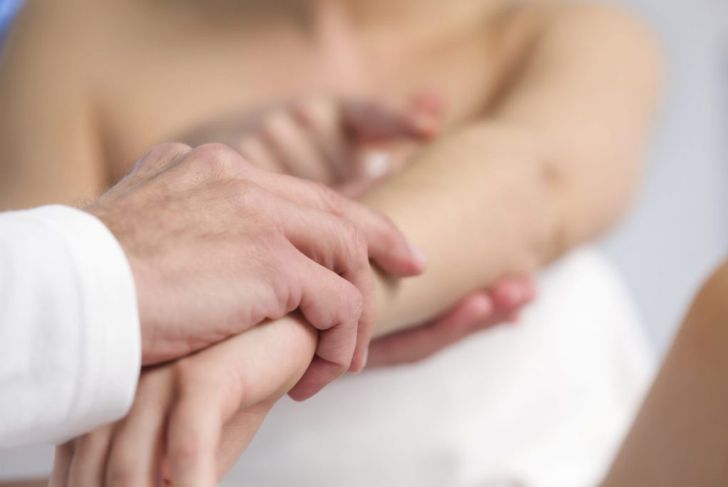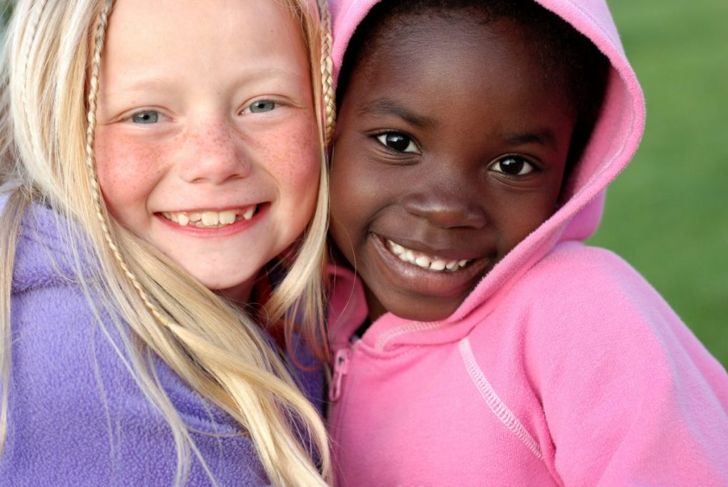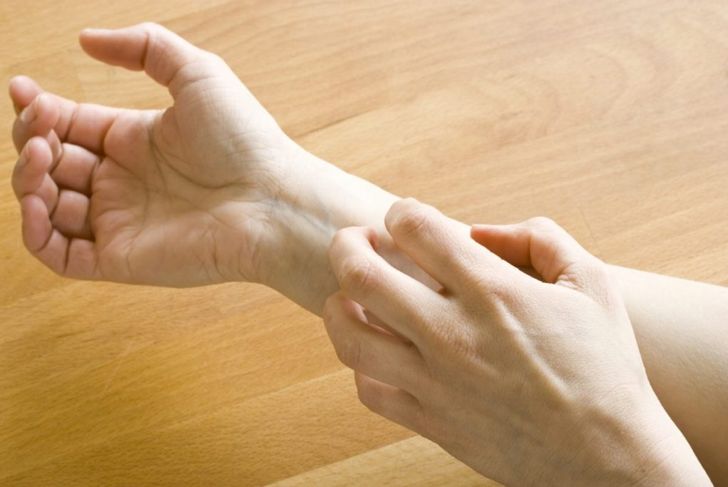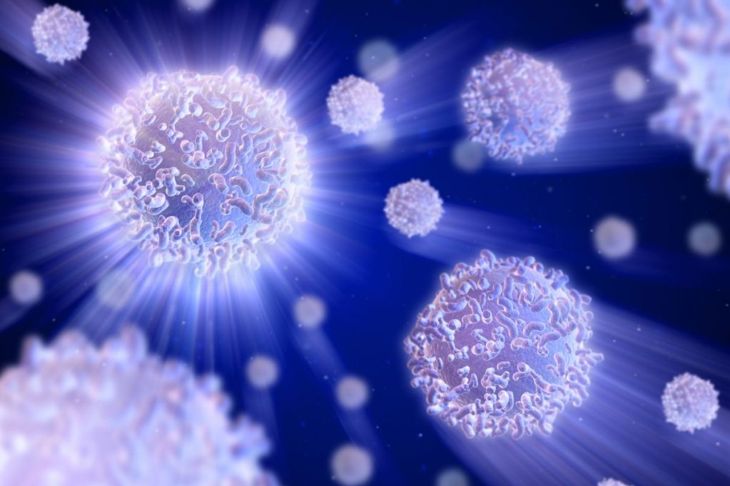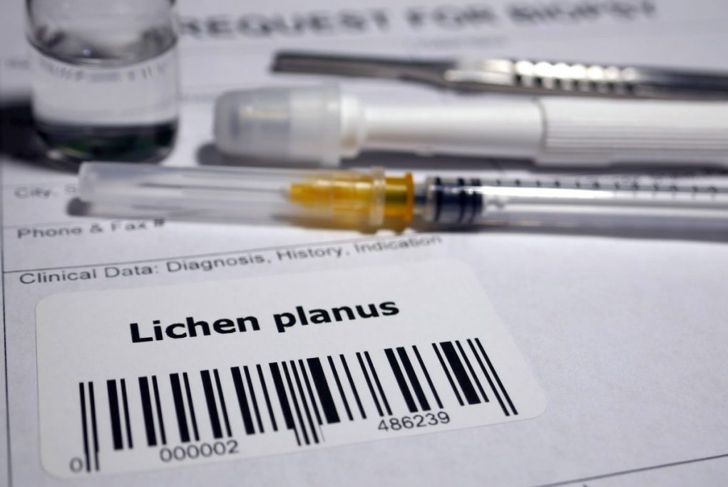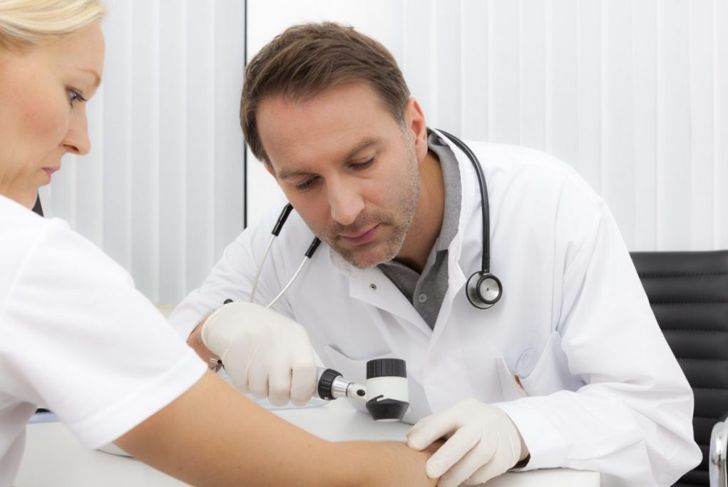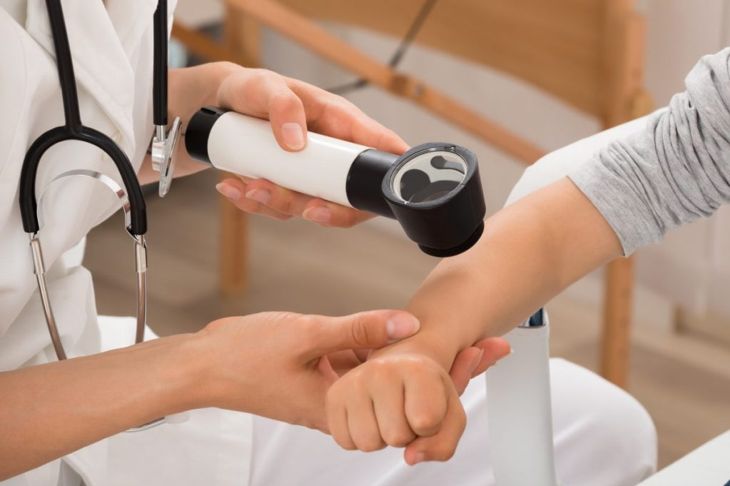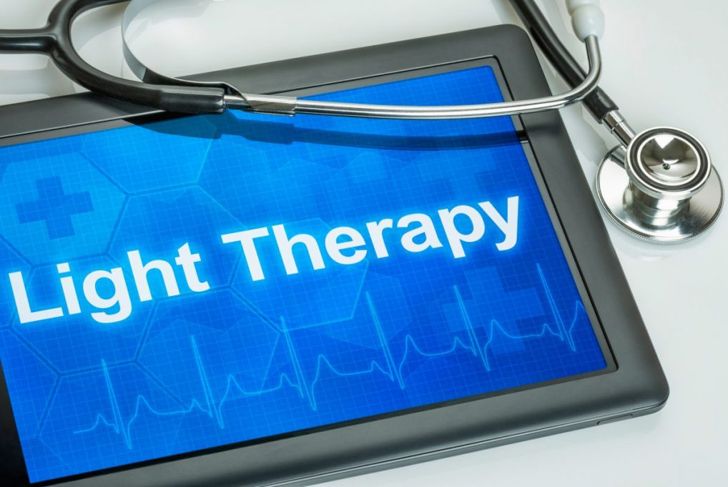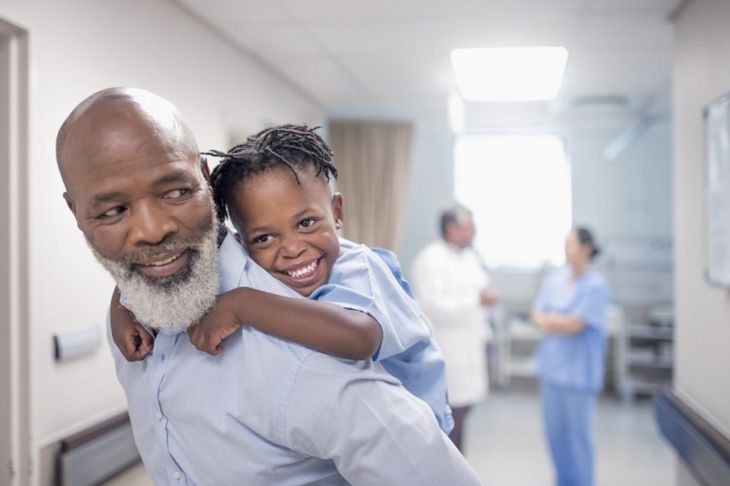Lichen nitidus is a rash that can develop almost anywhere on the body, usually taking the form of small white bumps. The rash rarely causes discomfort or itching and is not infectious, contagious, or indicative of serious disease. In most cases, lichen nitidus does not require treatment and clears up on its own, though treatment may be necessary in some cases.
Appearance
Lichen nitidus appears as shiny, skin-colored bumps or papules about the size of a pinhead. Each one measures one to three millimeters, and they often appear in clusters. The rash most often develop on the arms, legs, and torso, and occasionally the genitalia. Children and young adults are the most commonly affected demographics, but lichen nitidus can affect people of any age.
Symptoms
The appearance of small bumps is the only symptom of lichen nitidus. They rarely appear on the palms of the hands or the soles of the feet but can develop just about anywhere else. Usually, they are the same color as the skin but may differ depending on skin color. The bumps may appear brighter on people with dark skin or pinker on those with light skin. They may clear up in one part of the body and reappear on another. Sometimes, the rash develops along scratches, creases, and skin folds.
Do They Itch?
Generally, lichen nitidus does not cause itching or any other symptoms. In some cases, however, the bumps can itch intensely, which makes it difficult to avoid scratching, especially for young children. If a person experiences this rare sensation, a physician may prescribe an anti-itch medicated cream to relieve this symptom.
Causes of Lichen Nitidus
Lichen nitidus appears to develop due to inflammation controlled by T lymphocyte, white blood cells that normally work to heal injuries or fight disease. Researchers are not sure what causes the reaction in T lymphocytes that leads to lichen nitidus. Although the condition is fairly rare, it does seem to have some links to other diseases that are not yet fully understood.
Associated Diseases
Several diseases may be associated with lichen nitidus. Lichen planus is another inflammatory condition that causes flat purple or red itchy bumps to appear on the skin; it may also develop as white patches in the mouth. Eczema, a dry, itchy rash behind the knees, inside the elbows, or on the face, hands, or feet, may also be connected to lichen nitidus. Crohn’s disease and juvenile rheumatoid arthritis may also be connected.
Koebner Phenomenon
Lichen nitidus follows the Koebner phenomenon, which is well-known in dermatology as lesions that form in previously uninvolved areas of the skin after trauma. In lichen nitidus, this causes the papules to appear in a linear shape. The Koebner phenomenon is not fully understood, but scientists believe it may have something to do with the injury and a release of stress proteins, autoantigens, and adhesion molecules.
Diagnosis
A few conditions can cause skin reactions, so it is best to see a doctor if any bumps appear on the skin. The doctor or dermatologist may diagnose lichen nitidus based on other symptoms or a lack of them. They may use a magnifying glass to closely inspect the skin, or take a biopsy for further study.
Medication
If lichen nitidus itches or if the individual is bothered by the look of the bumps, doctors may prescribe some basic medications. Antihistamines can relieve any itching, while corticosteroids reduce inflammation. The latter cannot be taken long-term, however. Retinoid, a synthetic version of vitamin A, can also be effective but should be avoided by pregnant women as it can cause congenital disabilities.
Phototherapy
Some doctors may use one of two phototherapy techniques to treat lichen nitidus. One uses UVA light, which penetrates deep into the skin and is usually combined with medication to make the skin more sensitive to the treatment. A second option uses UVB light. People receiving phototherapy should avoid the sun for a few days following treatment.
Outlook
In most cases, lichen nitidus goes away on its own without treatment, which is generally pursued only if the individual experiences severe itching or is self-conscious about the appearance of the small bumps. After the rash clears, the skin usually returns to normal, leaving behind no discoloration or scarring.

 Home
Home Health
Health Diet & Nutrition
Diet & Nutrition Living Well
Living Well More
More